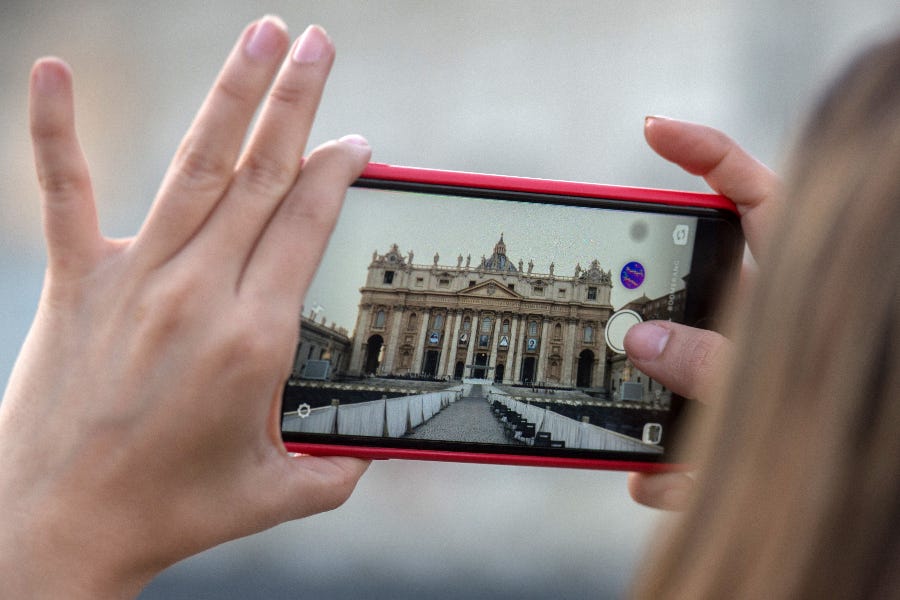Pope creates Vatican donations body
Pope Francis founded the commission three days before his hospitalization.
Pope Francis created a commission for promoting donations to the Holy See shortly before his hospitalization, the Vatican announced Wednesday.
The Holy See press office released Feb. 26 a chirograph signed by the pope founding the Commissio de donationibus pr…

